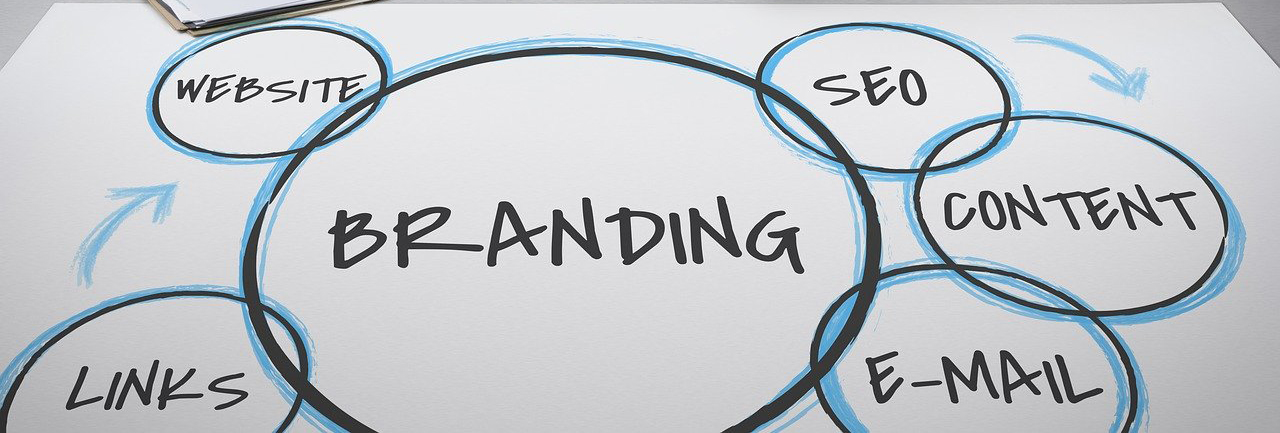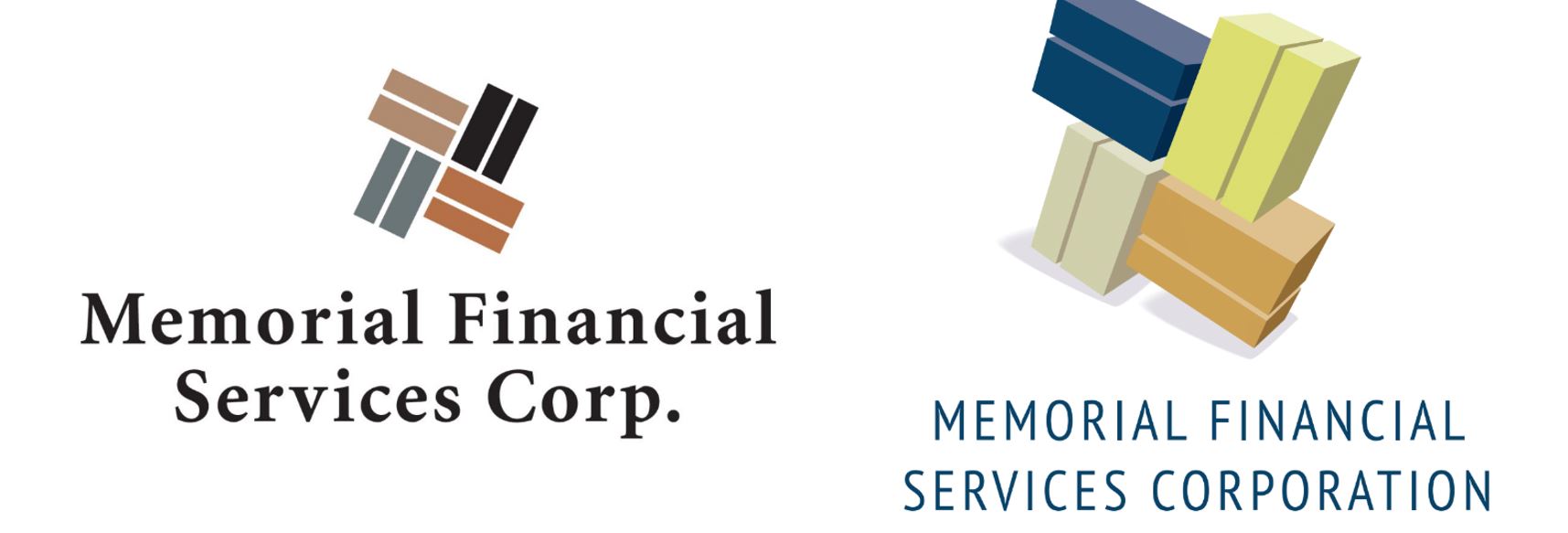Summary
Let's explore the differences between refreshing your business brand and a complete rebranding, along with the PROs, CONs, and potential pitfalls to avoid.

In the dynamic world of business, maintaining a strong and relevant brand is crucial for success. However, as markets evolve and consumer preferences shift, businesses may face the decision of whether to refresh their brand or undertake a complete rebranding. While both strategies aim to enhance brand perception and market position, they differ significantly in scope, impact and execution. This blog post explores the differences between refreshing your business brand and a complete rebranding, along with the PROs, CONs, and potential pitfalls to avoid.
Understanding the Differences
A brand refresh involves making subtle updates to your existing brand to keep it current and relevant. This can include changes to the logo, color palette, typography, messaging and marketing materials. The core identity of the brand remains intact, but it is given a modern twist to align with contemporary trends and consumer expectations. (NOTE the graphic below that shows a branding refresh for Memorial Financial Services Corp. with the old logo on left and the refreshed logo on right.)
Complete rebranding, on the other hand, is a more extensive process that involves overhauling the entire brand identity. This can include changing the brand name, logo, visual elements, messaging and even the company’s mission and values. Complete rebranding is often undertaken when a business undergoes significant changes, such as a merger, acquisition or a shift in target market or business strategy. In this scenario, we highly recommend relying on a third-party researcher to obtain objective research on your competitors’ offerings and positioning, your differentiators and the public’s impression of all the offerings, especially yours.
PROs and CONs of a Brand Refresh
PROs:
1. Cost-effective: A brand refresh is generally less expensive than a complete rebranding. It involves minor adjustments rather than a full-scale overhaul.
2. Less disruptive: Since the core brand identity remains the same, a refresh is less likely to confuse or alienate existing customers. It’s also typically easier for employees to embrace, which brings me to the next advantage.
3. Quick implementation: A brand refresh can be implemented relatively quickly, allowing businesses to respond promptly to market trends and consumer feedback.
CONs:
1. Limited impact: A brand refresh may not be sufficient to address deeper issues or significant changes in the market. While it tends to be less expensive than a full rebranding, it may cost you more down the road, if you have to redo it again.
2. Short-term solution: If the underlying brand issues are not properly addressed, a refresh may only provide a temporary boost.
3. Risk of inconsistency: Inconsistent application of the refreshed elements can lead to a fragmented brand image.
PROs and CONs of a Complete Rebranding
PROs:
1. Fresh start: A full rebranding offers a clean slate, allowing businesses to redefine their identity and reposition themselves in the market. This is an important consideration, if you are expanding into a new geography that includes different cultures or social norms or if you’ve diversified your portfolio into a new industry segment that greatly differs from the market you’ve historically served.
2. Addressing fundamental issues: It provides an opportunity to address fundamental issues, such as an outdated brand perception or a misalignment with the target audience. We’ve found that often when a company is just starting up, it’s running on a lean budget, so a logo is created without comprehensive attention to the market to be served or extensive understanding of how certain logo elements will or will not resonate with the ideal customer. The logos may also have been originally created aligned with a trend of the day that does not stand the test of time.
3. Competitive edge: A well-executed rebranding can differentiate a business from competitors and attract new customers. It’s interesting to see how some industries tend to adopt certain colors and styles. (Do a web search on “financial services logos” and you’ll see what I mean. Many of them use blues and greens. There’s sound psychology behind that but it’s also a chance to test something different in order to stand out from the pack.)
CONs:
1. Higher cost: A complete rebranding is a costly endeavor, involving significant investment in research, design, marketing, communication, time and funding.
2. Risk of alienation: There is a risk of alienating existing customers who may feel disconnected from the new brand identity. This said, proper research conducted upfront should avoid this.
3. Time-consuming: The process of rebranding is time-consuming and requires careful planning and execution. Rushing the process can lead to poor implementation, a low understanding of why the change is important and even weak adoption of the brand.
Pitfalls to Avoid in a Brand Refresh
1. Inconsistent application: Ensure that the refreshed elements are consistently applied across all touchpoints to maintain a cohesive brand image. Consider having a fun kick-off to share the updated brand with employees and key stakeholders. Show your excitement for the brand refresh by investing in promotional products with the new logo that you provide attendees.
2. Ignoring internal buy-in: It is essential to involve employees in the refresh process to ensure they understand and embrace the changes. We suggest asking a few influential employees from various parts of the business to be involved in the brand refresh process so they can share feedback and show early support. These same people can then evangelize to other employees serving as your brand ambassadors.
Pitfalls to Avoid for a Complete Rebranding
1. Lack of clear strategy: A clear and well-defined strategy is crucial for successful rebranding. Without it, the process can become disjointed and ineffective. What are the goals and how are you going to measure success?
2. Underestimating the scope: Rebranding involves more than just changing the logo. It requires a comprehensive approach that includes updating all brand touchpoints. Carefully understanding how the brand will be communicated is important. By this, I don’t just mean having detailed communications about the color codes and fonts. You also need to think through the tone that the business will use to communicate. That is reflected on everything from how the receptionist greets guests/callers to word choice on your website and social media.
3. Neglecting market research: Failing to conduct thorough market research can result in a refresh that does not resonate with the target audience. Make sure you can properly fund your market research as this is an investment in your business, your employees and your customers. Once comprehensive research is done, your leaders need to understand the results and positioning, and then get behind the new direction.
4. Poor communication: Effective communication with stakeholders, including employees, customers and partners is crucial to ensure a smooth transition and minimize confusion. Work with your marketing and communications experts (whether internal to your organization or external) to put together the communication plan. Then share with key employees to identify any gaps. People outside of a marketing role may identify nontraditional opportunities that can have a positive impact.
Deciding between refreshing your business brand and undertaking a complete rebrand is a critical decision that depends on various factors, including the current state of your brand, market conditions and your business goals. A brand refresh can be a cost-effective and quick way to stay relevant, while complete rebranding offers a fresh start and the opportunity to address fundamental issues. However, both approaches come with their own set of challenges and risks. By carefully considering the PROs and CONs, businesses can make informed decisions that align with their long-term objectives and drive sustained success. Of course, Tell Your Tale Marketing & Design is here to help. Contact us if you’d like to explore options. A few examples of our branding efforts are on our online portfolio.












Leave A Comment